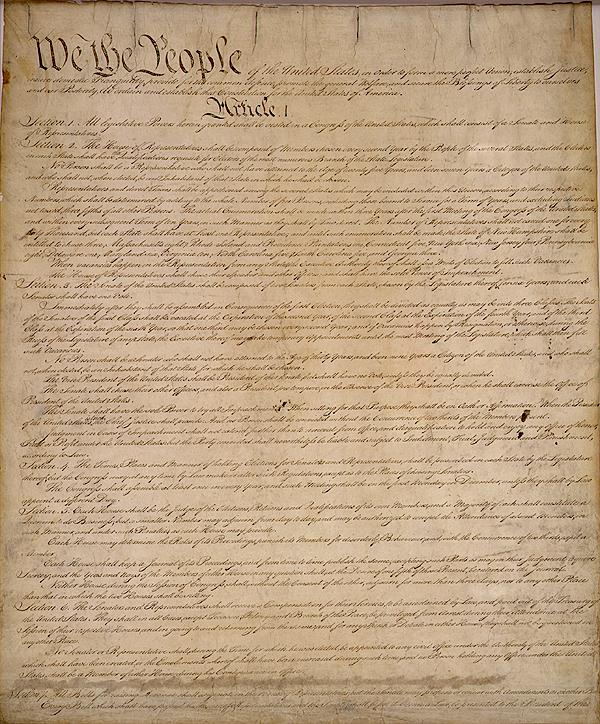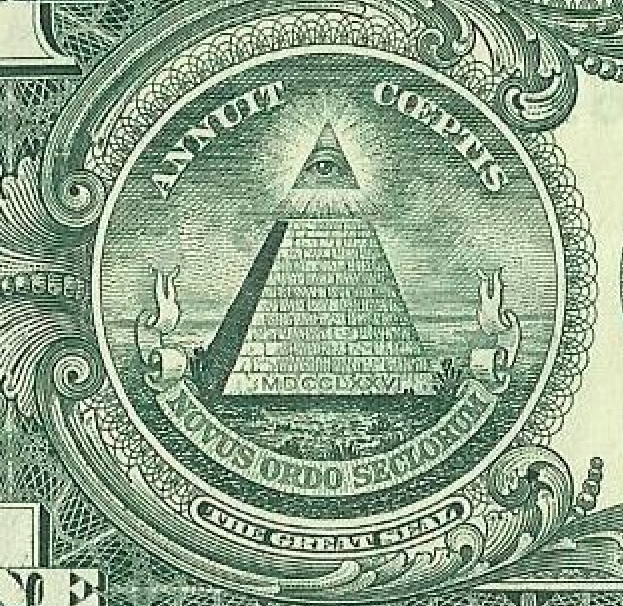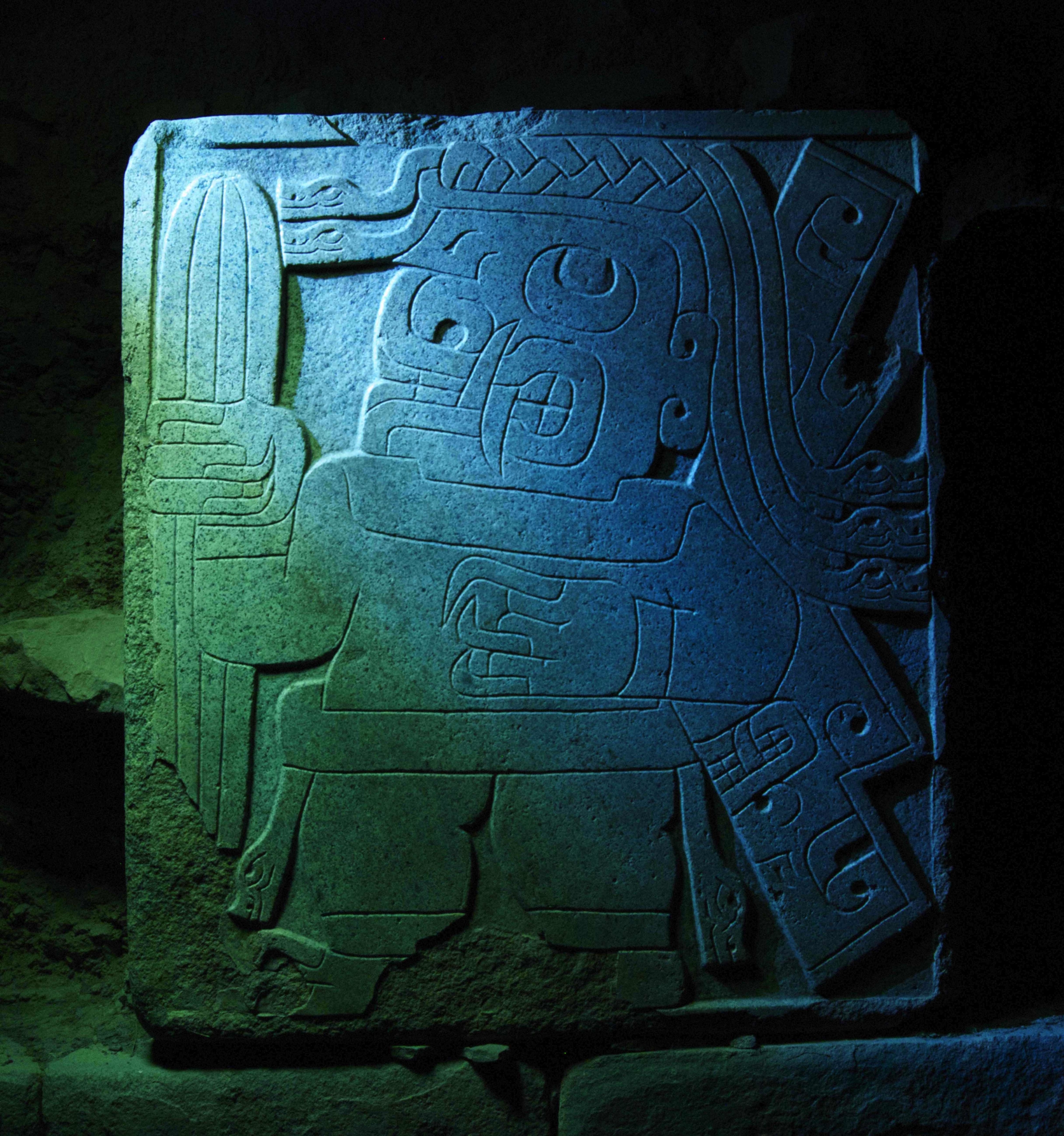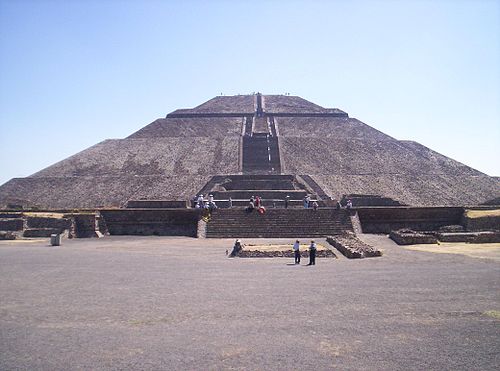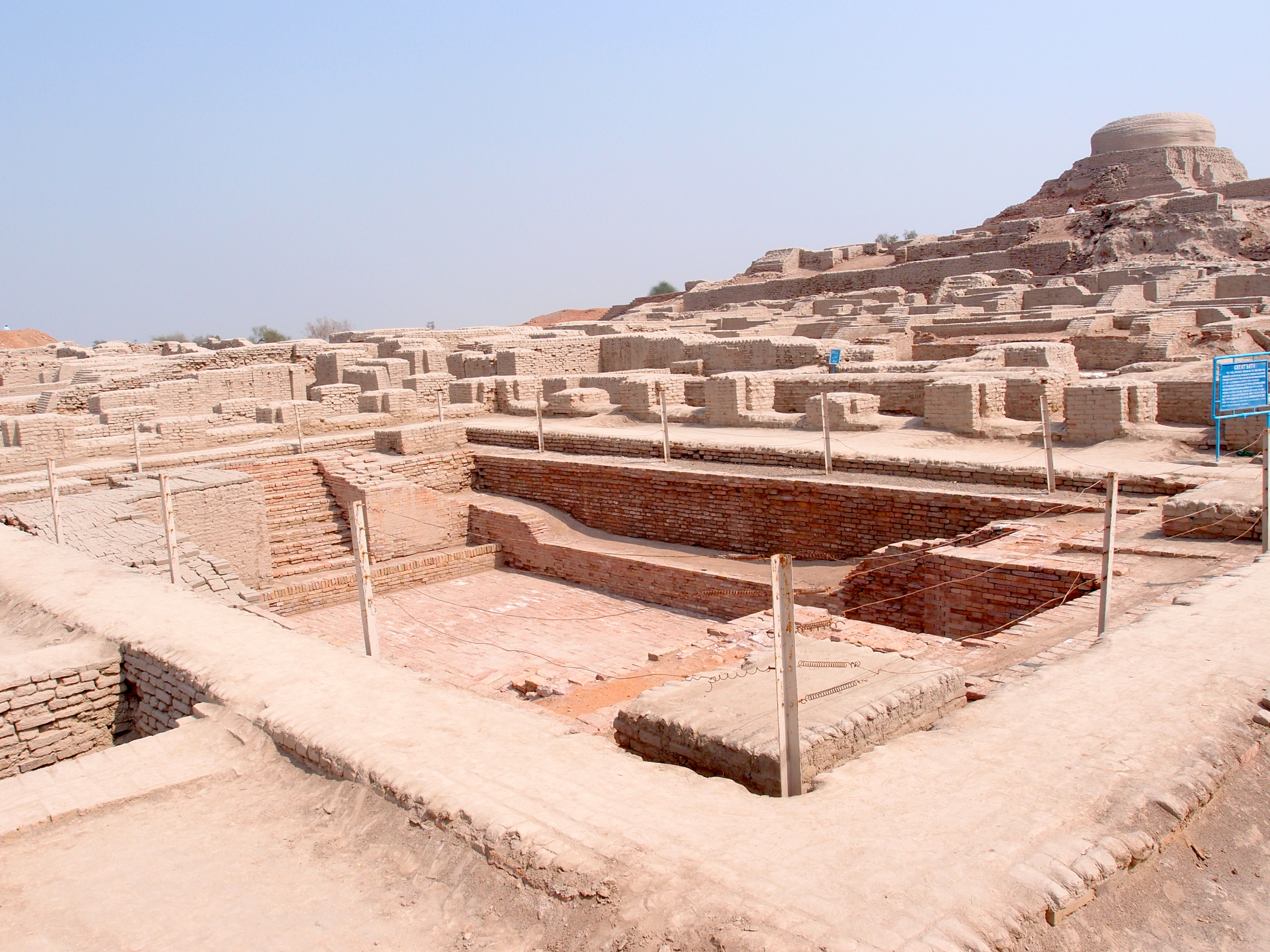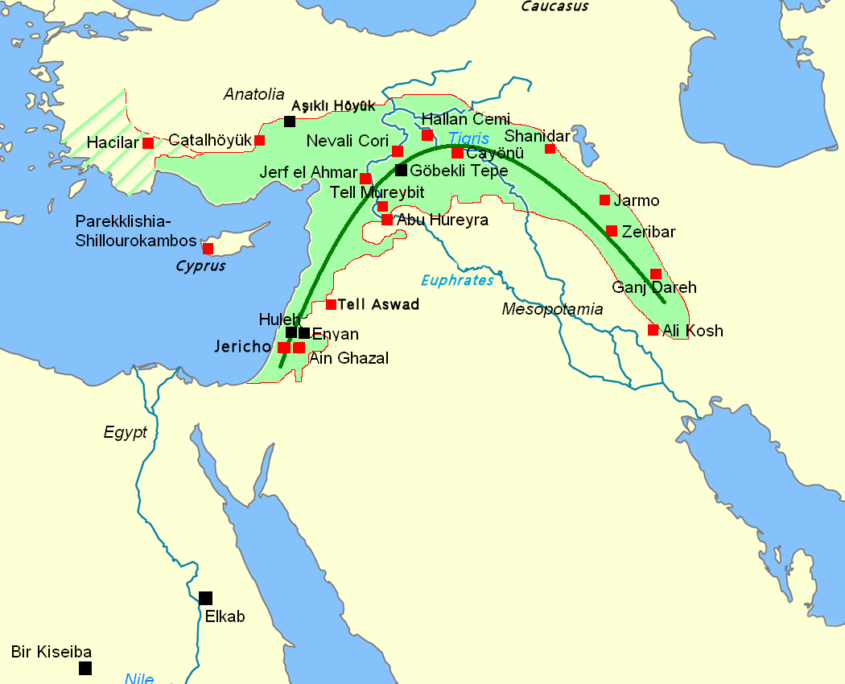Introduction And Index To Series On The Second Founding
Posts in this series
The Intent Of The Declaration Of Independence
Problems With The Standard Story Of The Revolutionary War And The Constitution
States Rights
The Better Story
Democracy Is Our Hope For A Better Future
The Thirteenth Amendmeent
The fourteenth Amendment
The Fifteenth Amendment
The Slaughterhouse Cases
Cruikshank, Gun Control, And Bad Rulings
The Major Questions Metadoctrine and The Slaughterhouse Cases
The Supreme Court Has Always Been Terrible
The term “second founding” refers to the fundamental changes made to the US Constitution and in our society by the 13th, 14th, and 15th Amendments. I had not heard this term before did some reading for this this post praising Justice Ketanji Brown Jackson’s questions at oral argument on the recent Alabama redistricting case. Justice Jackson actually knows her history, unlike the Fox News members of SCOTUS, and, well, me.
Shortly after writing that post I heard a podcast featuring Kermit Roosevelt discussing his book, The Nation That Never Was: Reconstructing America’s Story. I read it and was discussing it with a friend who recommended I look into the work of Eric Foner. That led me to his recent book, The Second Founding: How the Civil War and Reconstruction Remade the Constitution.
In this series I’ll take up these two books. They’re short and very readable, and they complement each other. Foner focuses on the events of the period, while Roosevelt focuses on the legal/theoretical side.
The Nation That Never Was
Roosevelt teaches law at Penn, and yes, he’s the great-grandson of Teddy Roosevelt. The premise of his book is that we are telling the wrong story about our constitutional history. The conventional story starts by describing the Declaration Of Independence and the Constitution as our founding documents, incorporating our national values of freedom and equality for all, but hmmm, slavery was bad so we had a Civil War and Reconstruction and cured that problem, but then we found out about racism, and then Martin Luther King solved that problem and now things are great. It’s a story that the right-wing fetishizes.
The rest of us have a more adult view of our history. It doesn’t question starting point of the standard story, the part about the Declaration and the Constitution. But it adds all the horrors of the Jim Crow Era, the abuses of a perverted capitalism against workers of every description, and the horrifying treatment of Native Americans. It’s grim and unsatisfying, but at least it’s more accurate.
Roosevelt thinks we need a story that gives us real heroes, people who give us hope and inspiration for the future. He also thinks we need to look very closely at the founding documents, and the decisions of the First Founders as well as their omissions.
Roosevelt suggests a new story. First we had a system that was OK with the most brutal forms of slavery. Then we fought a war to wipe it out. We won that war at huge cost in blood and treasure. We changed the very nature of our society and we can take pride in that effort and the people who did it. We aren’t perfect. But the Civil Rights Amendments gave us the tools we need to reach for freedom and equality for all, and it’s a task for which we as citizens are all responsible.
Roosevelt discusses reparations, but I’m not going to address that, except to say this. I urge readers to take the time to read this article by Ta’Nehisi Coates. It’s a tough read. I certainly know I have benefited from the current structure of society, almost certainly at the expense of others who have suffered unfairly. I don’t know what to do about that, but it is unjust.
The Second Founding
Foner teaches history at Columbia. I haven’t finished the book yet, but so far there’s a lot of detail about our history I didn’t know or ever think about. Much of that has to do with the sausage-making behind the Civil Rights Amendments, and the arguments made by opponents of those Amendments. I read Heather Cox Richardson’s Letters From An American substack every day, in large part because she is attuned to the parallels between the politics of the Civil War Era and those of today. Here’s an example. In the same way, Ibram X. Kendi shows that arguments by racists never die, and Hannah Arendt shows that anti-Semitism is an endemic hate virus. White supremacy and Christian Nationalism seem to be ineradicable.
Plan
My current plan is to do a fairly short series. I’ll start with the Roosevelt book. There is a conventional view of the Declaration of Independence and the Constitution, but that story is utterly inadequate. Then I’ll turn to Foner’s book to look at the politics of the Reconstruction Amendments, and the way they were weakened by centrists and subverted by White Supremacists and the Supreme Court.
We’ll see what else pops up.
Taken together, I think these two books give us a good introduction to a different way of thinking about our history, one in which we can take pride, one that gives us heroes we can respect, one that sets our aspirations and hopes for our future and our descendants. The history is suitable for grown-ups, and therefore is probably illegal in Florida and Texas.
We can’t fix the past, but we can do better for the future, just as the Second Founders did. That’s what it means to be a citizen.

